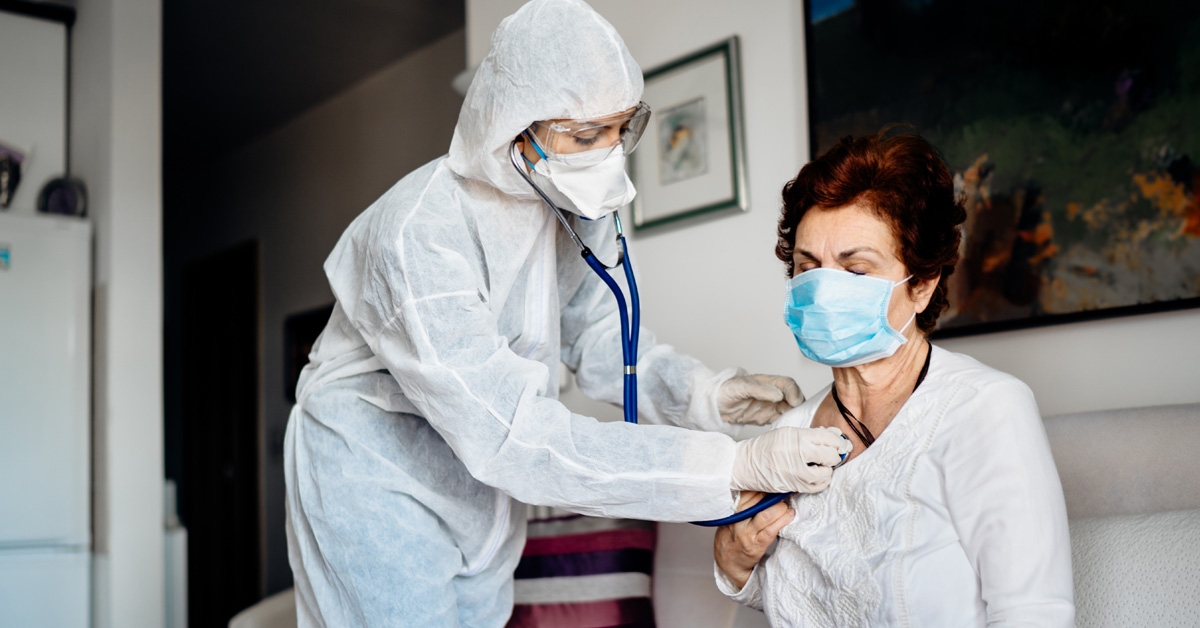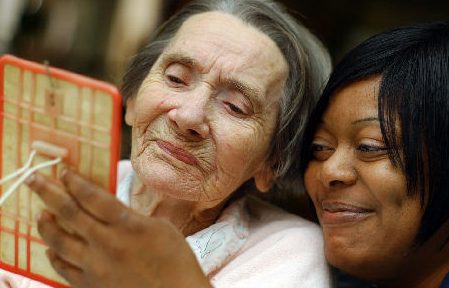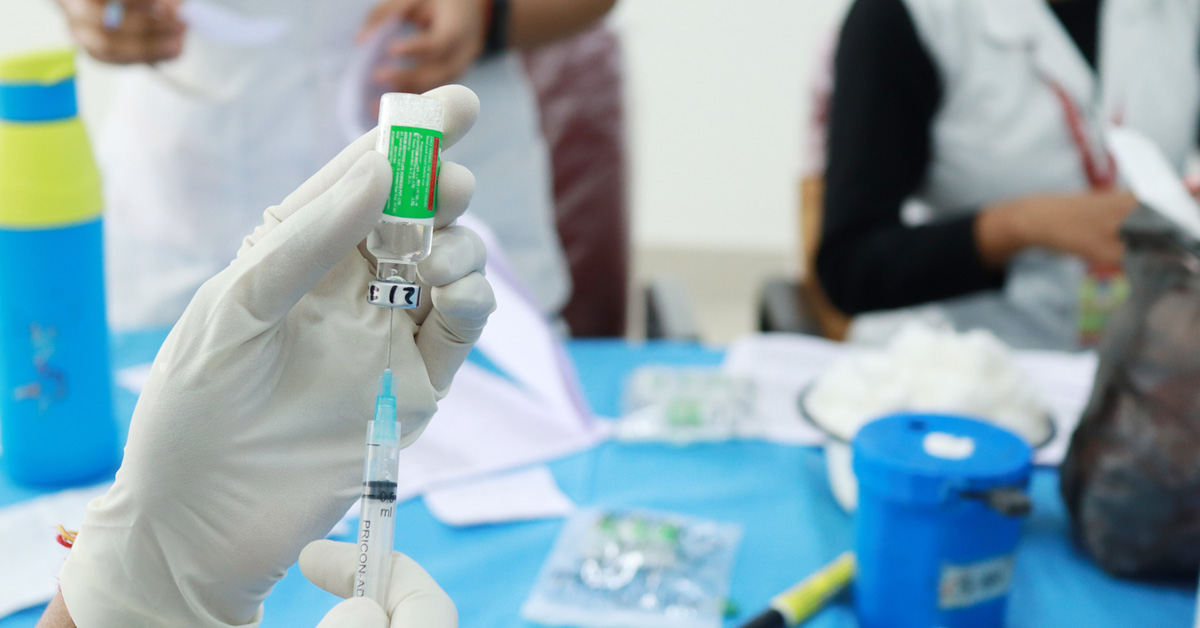
The Impact of COVID on Hospice Services
As one of many provider types in healthcare, hospice agencies face unique challenges during disasters. Their patient populations are particularly vulnerable to interruptions in service, with more dependence on medicine, equipment, and human support. Additionally, hospice agencies provide care in a variety of settings from inpatient facilities to private homes. Access to those settings can be interrupted in different ways by diverse disasters. The current pandemic has levied significant impact on hospitals in widely reported ways. In May, The American Journal of Hospice and Palliative Medicine published a nationwide survey of hospice workers designed to assess this impact.1 Janna Baker Rogers, MD, and her research team out of West Virginia University, conducted an anonymous, nationwide survey of hospice nurses, physicians, and other workers.
Limited Access to Equipment, Medication, and PPE in Hospice
As one might expect, access to personal protective equipment (PPE) was limited. More than half of hospice professionals noted shortages. Nearly one-third of respondents reported improvising PPE. However, limited access to other equipment and supplies was also noted. Even pain management medications became hard to obtain at times. Half of hospice professionals reported that their hospices were impacted by such shortages.
Limited Access to Patients at Homes and Facilities
The ability to provide hospice services was also challenged by limited access to patients. Nearly three quarters of respondents noted changes in admissions affected by decreased access to respite beds and decreased referrals. Nurses noted that more of what would be considered routine home care was being conducted in hospitals. Difficulty getting patients admitted from home to the hospital for general inpatient admission was also noted. Additionally, hospice workers had increased difficulty reaching patients. They reported limited access to patients in long-term care facilities. Even in their own homes, more patients were reluctant to receive clinician visits due to concerns over COVID transmission. Nursing assistants, who provide non-medical personal care for patients, may have been the most affected.
High Staffing Challenges
Seven out of ten hospice workers described staffing challenges related to quarantines. What was described as “huge staff turnover” stemmed from illness and death of healthcare workers, precautionary quarantines, furloughing, absenteeism, and reassignment due to personal risk. More than eight out of ten respondents noted increased emotional needs among their peers. Combined comments formed themes of “increased stress,” “moral distress,” “exhaustion,” “tension,” “anxiety,” and “fear.” However, commenters also noted coming through experiences with themes of “teamwork,” “pride,” and a recommitment “to the importance of the work.”
Quality of Hospice Care During COVID-19
Despite all of this, hospice professionals may have been able to mitigate the negative impact on patient care. Only 30% of respondents reported that the pandemic negatively affected patient outcomes. Among them, reported reasons included shortages of symptom control medications, patient loneliness during times of quarantine, compromised clinician-to-patient ratios, and patient fears against seeking medical care.
Reference
- Rogers JE, Constantine LA, Thompson JM, Mupamombe CT, Vanin JM, Navia RO. COVID-19 Pandemic Impacts on US Hospice Agencies: A National Survey of Hospice Nurses and Physicians. American Journal of Hospice and Palliative Medicine®. 2021 May;38(5):521-7.





